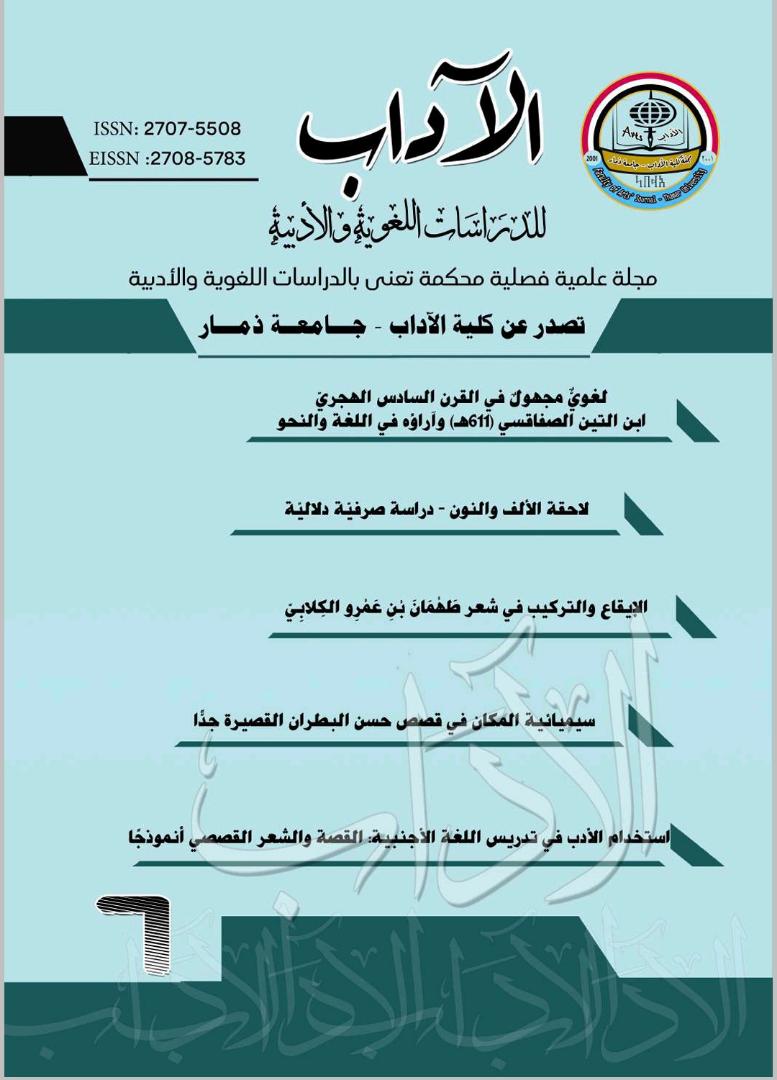The Vowelization in Verbs: Methal, Hollow and Model Verbs in Arabic and Semitic Languages: A Comparative Study
DOI:
https://doi.org/10.53286/arts.v1i7.276Keywords:
Vowelization, Arabic, Languages, Semitic, ComparativeAbstract
The present study addresses an ancient Semitic linguistic phenomenon known in Arabic and its Semitic descent languages as (vowel sounds). It constitutes the total sum of immediate changes inflicted on vowel sounds: (أ, و, ي) ; while they are (أ, -ه, و , ي) in other Semitic languages. Theses sounds are heavy and difficult in pronunciation. Most Semitic languages tend to get rid of such difficulty by conversion, deletion or transformation. The researcher tried her best to explicate the semantics of this linguistic change, its types in Semitic languages. Then, the researcher described the types of changes (conversion, deletion or transformation) that have entered into the structure of vowel verbs: Methal verbs (verbs starting with و , ي), hollow verbs and modals in particular since these verbs have undergone many changes in their structures in comparison with nouns. The present study adopted the comparative approach. Relying on this and practical examples, the study was organized into four sections. The first section dealt with Vowel Assimilation: semantics and types; the second section focused on changes taking place in the first source of the weak verb; the third section concentrated on the second source of the weak verb; while the fourth section dealt with the changes taking place in the third source of the weak verb.Downloads
Downloads
Published
How to Cite
Issue
Section
License
Copyright (c) 2021 ميعاد مكي فيصل الركابي

This work is licensed under a Creative Commons Attribution 4.0 International License.
Copyright and Licensing
copyright is retained by the authors. Articles are licensed under an open access Creative Commons CC BY 4.0 license, meaning that anyone may download and read the paper for free. In addition, the article may be reused and quoted provided that the original published version is cited. These conditions allow for maximum use and exposure of the work.



